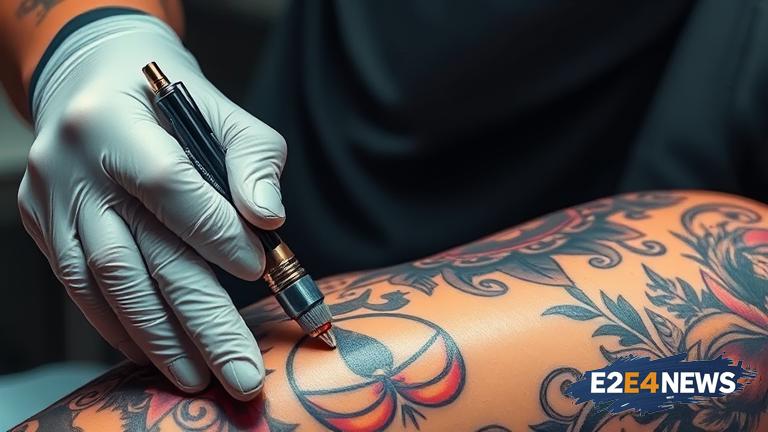The perception that tattoos are permanent is slowly changing, thanks to advancements in removal technology. However, the process of removing a tattoo is not a simple one and can be quite complex. Laser tattoo removal is the most common method used, but it can be a lengthy and painful process. The procedure involves using high-intensity light beams to break up the pigment in the tattoo, which is then absorbed by the body. The number of sessions required to completely remove a tattoo can vary greatly, depending on the size and color of the tattoo, as well as the individual’s skin type. Some tattoos may require up to 10 sessions or more, spaced out over several months. The cost of tattoo removal can also be prohibitively expensive, with some sessions costing upwards of $1000. Despite the challenges, many people are opting to have their tattoos removed, citing reasons such as regret, career changes, or simply a change in personal style. The rise of tattoo removal has also led to an increase in the number of clinics and practitioners offering the service, which can make it difficult for individuals to choose a reputable and qualified provider. It is essential to do thorough research and consult with a qualified professional before undergoing tattoo removal. The process can also have physical and emotional side effects, including pain, scarring, and anxiety. In some cases, the removal process can also lead to skin infections or other complications. Furthermore, the removal of certain types of tattoos, such as those with certain colors or inks, can be more challenging than others. The use of certain lasers and techniques can also affect the outcome of the removal process. Additionally, some individuals may experience a phenomenon known as ‘ghosting’, where the tattoo appears to still be visible after removal. Overall, while tattoo removal is becoming more accessible, it is crucial to approach the process with caution and carefully consider the potential risks and complications. As the technology continues to evolve, it is likely that the process will become more efficient and effective, but for now, it remains a complex and challenging procedure. The demand for tattoo removal is expected to continue to grow, driven by changing social attitudes and the increasing popularity of tattoos. As a result, it is essential to ensure that the industry is regulated and that practitioners are properly trained and qualified to perform the procedure.
